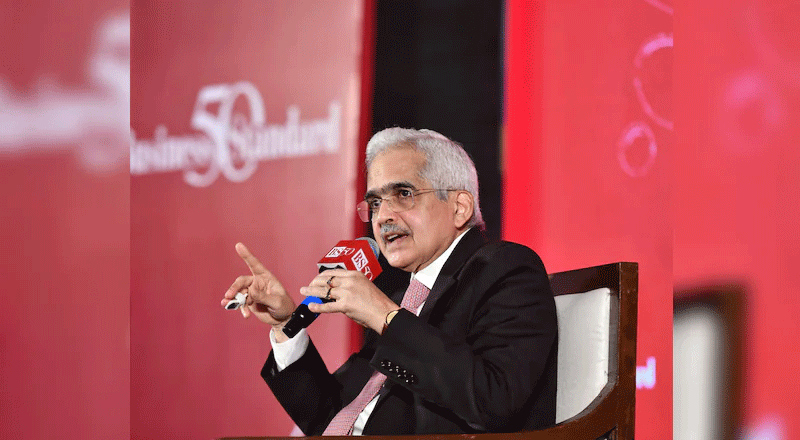In a significant move to address growing concerns among young government employees about their pension benefits, the Indian government has launched the Unified Pension Scheme (UPS). This new scheme seeks to enhance income stability and family security for central government employees by integrating key features from both the Old Pension Scheme (OPS) and the National Pension System (NPS). The UPS aims to provide a more secure and predictable retirement income, while also addressing the financial challenges associated with pension provisions.
Key Features of the Unified Pension Scheme
The Unified Pension Scheme was introduced in response to widespread concerns among young government employees, who feared receiving less than 50% of their salary as pension. To address these concerns, the UPS incorporates elements from both the OPS and the NPS, offering a defined assured pension, a family pension, and a minimum pension for those who do not complete the mandatory service period for a full pension. These features are designed to provide greater stability and security for government employees during their retirement years.
One of the significant changes under the UPS is the increase in the government’s contribution to the pension scheme, which has been raised from 14% to 18.5% of the basic pay. Meanwhile, the employee’s contribution remains unchanged at 10% of the basic pay. This adjustment is intended to bridge the gap between the assured 50% pension and the returns generated from the pension corpus, ensuring that employees receive a more predictable and adequate retirement income.
Financial Implications and Political Motivations
The implementation of the Unified Pension Scheme is expected to cost the government approximately Rs 6,250 crore in the first year. Additionally, there will be an extra expenditure of Rs 800 crore to cover arrears for employees who retired after the NPS was introduced in 2004. The introduction of the UPS is seen by many as a politically motivated move, aimed at addressing the dissatisfaction among government employees, who represent a significant voter base. With upcoming elections on the horizon, the government’s decision to launch the UPS may also be influenced by the need to respond to political challenges.
The new pension scheme is likely to be adopted by most states, following the central government’s lead. However, this could put additional financial pressure on state governments, potentially straining their budgets. The UPS is also designed to prevent states from reverting to the OPS, a trend observed in several states in the past. Given the central government’s endorsement of the UPS, most states are expected to align with the new structure.
Financial Prudence and Long-Term Impact
Cabinet Secretary TV Somanathan has emphasized that the Unified Pension Scheme is financially prudent, maintaining a contributory, funded scheme structure, unlike the OPS, which is unfunded and non-contributory. By combining elements from both the OPS and the NPS, the UPS offers the assured benefits of the OPS while retaining the contributory and funded nature of the NPS. This hybrid approach aims to balance the need for assured benefits with financial sustainability.
The Reserve Bank of India (RBI) has previously raised concerns about the financial strain of reverting to the OPS. Under the OPS, pension liabilities could reach over Rs 17 lakh crore, compared to Rs 4 lakh crore under the NPS, posing a significant financial risk. The UPS, with its balanced approach, seeks to mitigate these risks while providing a more secure retirement income for government employees.
In conclusion, the Unified Pension Scheme represents a significant shift in India’s pension policy, aiming to address the concerns of young government employees while ensuring financial prudence. As the scheme is rolled out, its long-term impact on both government employees and the broader financial landscape will be closely monitored.
(With inputs from agencies)





